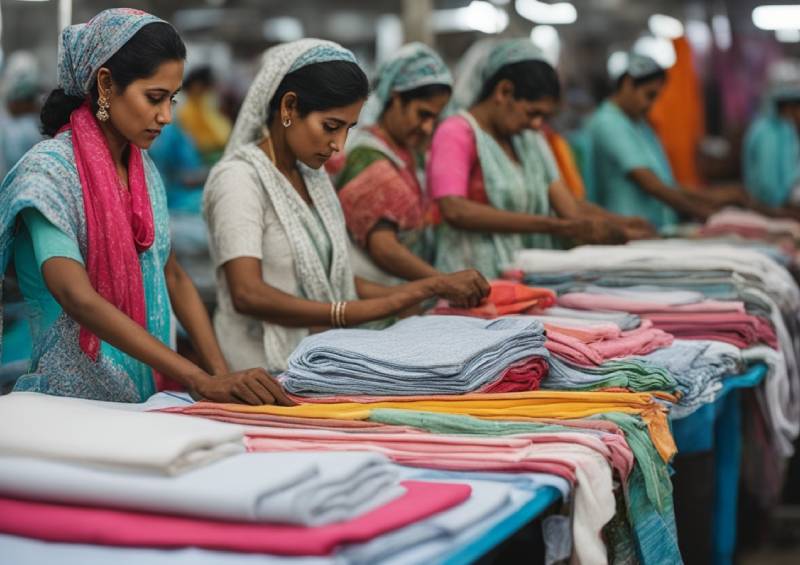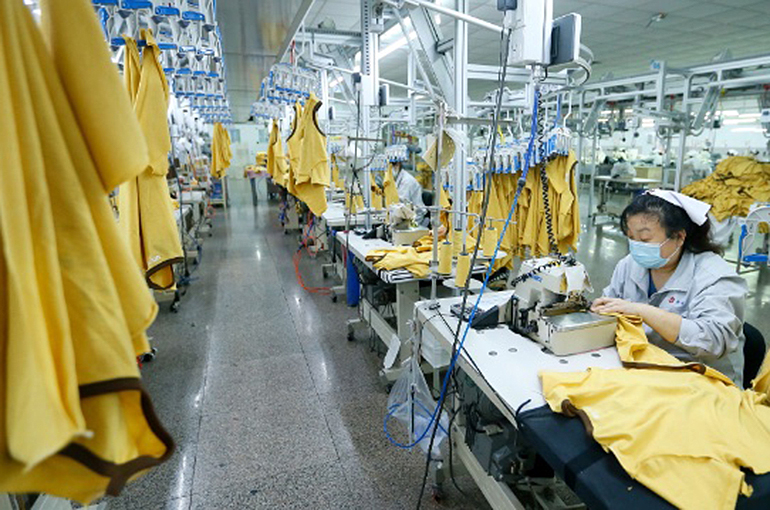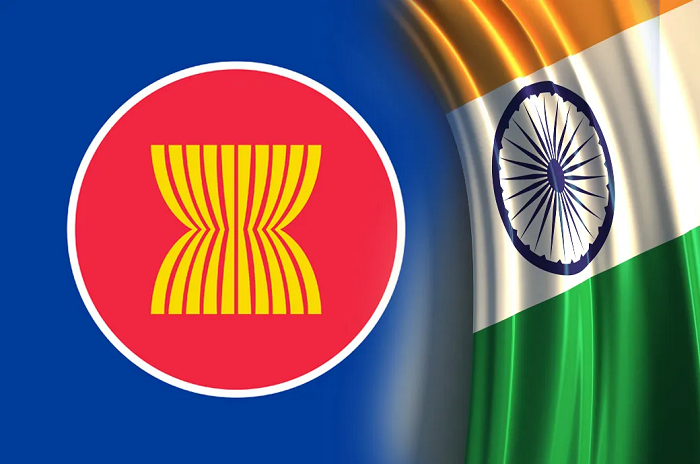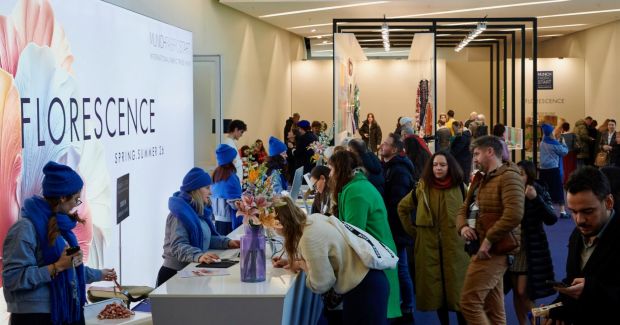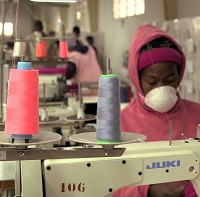 One of the largest Sub-Saharan African textile exporters to the EU, Madagascar offers a ray of hope to the garment industry reeling under COVID-19 effects. Although COVID-19 supply disruptions, production delays, and demand drop-offs have led to a decline in textile and garment exports, it still remains the largest textile and garment exporter to the EU and the third largest to the US. As per a Textile Today report, last year Madagascar exported clothing, accessories worth $205.9 million, 10.6 per cent of total global exports, and knit or crochet clothing, accessories worth $183.9 million or 9.5 per cent of total exports.
One of the largest Sub-Saharan African textile exporters to the EU, Madagascar offers a ray of hope to the garment industry reeling under COVID-19 effects. Although COVID-19 supply disruptions, production delays, and demand drop-offs have led to a decline in textile and garment exports, it still remains the largest textile and garment exporter to the EU and the third largest to the US. As per a Textile Today report, last year Madagascar exported clothing, accessories worth $205.9 million, 10.6 per cent of total global exports, and knit or crochet clothing, accessories worth $183.9 million or 9.5 per cent of total exports.
Madagascar is also home to many reputed brands like Zara, Express, JCPenney, CK,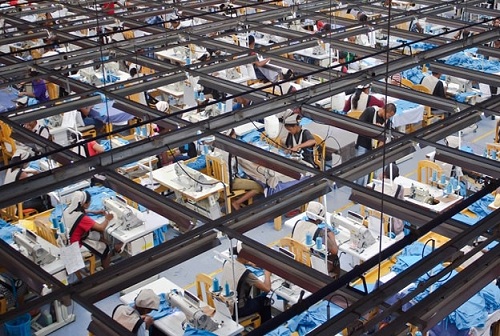 One Jeanswear Group, Puma, Dockers, M&S, Petit Bateau, etc. it is also one of the most preferred apparel suppliers to reputed European and African brands including Camaïeu, Woolworths and Zara.
One Jeanswear Group, Puma, Dockers, M&S, Petit Bateau, etc. it is also one of the most preferred apparel suppliers to reputed European and African brands including Camaïeu, Woolworths and Zara.
Readily available cheap labor
One advantage for Madagascar is its offers cheap labor. The country has an estimated population of over 28.40 million. Of this, many are employed in the textile and garment industry. Malagasy workers are known to be high-skilled, and can achieve a high level of efficiency with a short training period of 1-3 months. This helps restrict unemployment rate to only 3.6 per cent. About 80 per cent workers in Madagascar are employed in primary sectors such as agriculture. This makes them readily available for the garment industry. Working on a minimum wage of $35 per month, these workers can help Asian garments manufacturers move some of their products to Madagascar to avoid product-source restrictions.
FTAs with most European companies
Other advantage is that Madagascar has Free Trade Agreements with most major international economies and an unlimited duty-free access to the European Union under the EPA and the US under AGOA (African Growth and Opportunities Act). Many foreign investors have set up factories in Madagascar. This helps create employment for around 20,000 people in the country. Madagascar is likely to further create 200,000 additional jobs in the industry by 2022. Of this, 60 percent workers will be women.
One strategy adopted by Madagascar to fuel garment industry growth is ti strengthen its potential sub-sectors. The current sub-sectors can produce high-quality exportable yarns and fabrics. However, they cannot meet domestic demand which makes imports necessary. Around 50 per cent of Madagascar garment and textile factories closed due to the pandemic. Retailers canceled orders and froze contracts as COVID-impacted demand. Brands have cancelled orders for manufactured items and terminated contracts for 2021. Yet, Madagascar is trying to attract foreign customers. It has launched a project to preserve and produce natural silk.
Launched during the 7th edition of the annual event Origin Africa in Antananarivo, the project aims to expand Madagascar’s garment manufacturing capacity. The country would soon be ready to take on global exporters.


